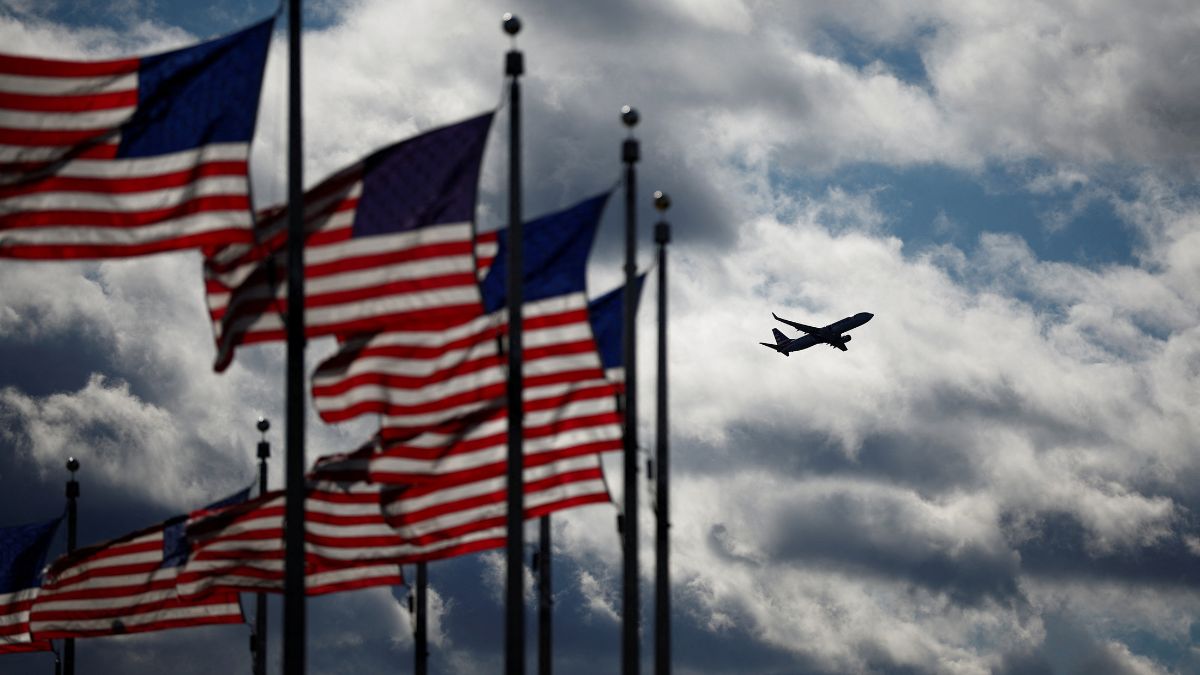As the world’s semiconductor powerhouse, Taiwan produces over half of all worldwide chips and holds a near-total monopoly on the first-rate semiconductors
Taiwan has actually turned down the concept of producing 50 percent of its semiconductors in the United States, according to the island’s leading tariff arbitrator, in the middle of growing pressure from Washington for increased chip production on American soil.
Speaking in Taipei on Wednesday, Vice Premier Cheng Li-chiun reacted to United States Commerce Secretary Howard Lutnick’s idea of a 50-50 production split in between Taiwan and the United States.
“I wish to clarify that this is the United States’s concept. Our settlement group has actually never ever made a 50-50 dedication to a chip split,” Cheng informed press reporters in Taipei, according to CBS19 News.
STORY CONTINUES BELOW THIS ADVERTISEMENT
“Please be felt confident that we did not discuss this concern this time, and we will not accept such a condition,” she stated.
Taiwan’s tariff tussle and the future of the “silicon guard”
Taiwanese main Cheng just recently returned from Washington, validating that settlements over brand-new United States tariffs on Taiwanese deliveries “made some development.”
More from World
)
)
This comes as Taiwan scrambles to settle a tariff arrangement with the United States following President Donald Trump’s administration enforcing a short-lived 20%levy that has actually alarmed regional producers.
The stress is enhanced by Taiwan’s flourishing innovation exports. Skyrocketing international need for AI-related innovation has sustained Taiwan’s trade surplus with the United States, putting it straight “in Trump’s crosshairs.” Trump has actually likewise threatened to enforce a “relatively considerable tariff” particularly on imported semiconductors. As the island’s cabinet kept in mind, more than 70% of Taiwan’s exports to the United States include info and interactions innovation, consisting of these crucial chips.
United States wishes to bring chipmaking home
In an effort to prevent the tariffs, Taipei has actually made a number of dedications: increasing financial investment in the United States, purchasing more American energy, and improving its own defense investing to over 3% of GDP.
This fragile trade scenario is connected to the principle of the “silicon guard,” as Taiwan produces majority of the world’s semiconductors and almost all of the high-end ones. This concentration of production has actually long been deemed a deterrent versus possible hostility from China, which declares Taiwan as its area, and as an effective reward for the United States to protect the island.
STORY CONTINUES BELOW THIS ADVERTISEMENT
A United States belief shift towards domestic production is obvious. In a current interview, Lutnick mentioned that moving 50% of Taiwan’s chip production to the United States would guarantee, “we have the capability to do what we require to do if we require to do it.”
Lutnick confirmed the ongoing pressure on Taipei, stating, “That has been the conversation we’ve had with Taiwan, that you have to understand that it’s vital for you to have us produce 50 percent.”
In closing, he made the United States aspiration completely clear: “Our objective is to get to 40 percent market share, and possibly 50 percent market share, of producing the chips and the wafers, you understand the semiconductors we require for American usage, that’s our goal.”

